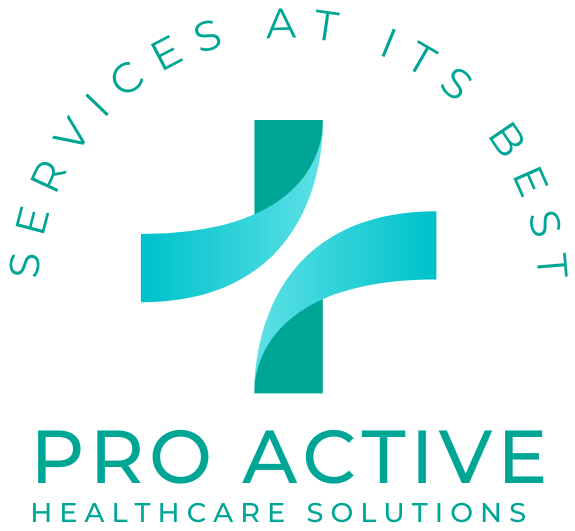
Driving Better Healthcare Outcomes with HEDIS Reporting: Enhancing Healthcare Quality – PHCSS
Making sure patients receive high-quality care is important in the ever-changing healthcare environment. A key component of assessing and raising the standard of healthcare is the reporting of the Healthcare Effectiveness Data and Information Set (HEDIS). Healthcare organizations can improve patient satisfaction, get better results, and maximize efficiency by utilizing HEDIS measures to streamline procedures. That is why we prioritize using HEDIS reporting at PHCSS to make sure that we are providing the most efficient healthcare services. In this blog, we will examine in more detail what HEDIS reporting is, how it is revolutionizing the way healthcare is delivered and what are its key components. Let’s get started!
Understanding HEDIS Reporting
A wide range of performance metrics are included in HEDIS reporting, which is used to evaluate the caliber of services and care provided by healthcare institutions. These metrics address a range of healthcare-related topics, such as member satisfaction, chronic illness management, and preventive care. The National Committee for Quality Assurance (NCQA) created and maintains HEDIS reporting, which offers standardized measures for evaluating and comparing healthcare performance among various institutions.
Key Components Of HEDIS Measures
The key components of HEDIS measures include:
- Preventive care: HEDIS measures include indicators for preventive services such as immunizations, cancer screenings, and routine check-ups. By ensuring adherence to these measures, healthcare providers can proactively address potential health risks and promote early intervention, leading to better health outcomes for patients.
- Chronic disease management: Lowering healthcare expenditures and enhancing patient health depend on the effective management of chronic illnesses. The chronic disease management HEDIS metrics evaluate elements including medication adherence, key health indicator monitoring, and follow-up care. This allows medical professionals to better tailor treatment regimens and assist patients in better managing their diseases.
- Member experience and satisfaction: A key component of high-quality healthcare is the patient experience. Measures of patient satisfaction, care access, and provider communication are all included in HEDIS reporting. Healthcare organizations may improve the overall treatment experience and discover areas for development by incorporating patient input.
Benefits Of HEDIS Reporting
Some benefits of HEDIS reporting include:
- Quality improvement: Healthcare institutions can carry out ongoing quality improvement programs with the support of HEDIS reporting. In order to improve the quality of care given to patients, physicians can pinpoint areas for improvement and apply focused interventions by routinely monitoring performance data and benchmarking against industry standards.
- Data-driven decision making: Best practices in healthcare delivery and solid clinical evidence serve as the foundation for HEDIS measures. Healthcare organizations can make well-informed decisions about quality improvement efforts, care coordination, and resource allocation by depending on the data-driven insights offered by HEDIS reporting.
- Enhanced accountability: Transparency and accountability in the provision of healthcare are encouraged via HEDIS reporting. Providers are held responsible for their actions and encouraged to pursue patient care excellence by making performance data publicly available.
Driving Better Healthcare Outcomes Through HEDIS Reporting
- Optimizing care delivery: By utilizing HEDIS reporting, healthcare institutions may pinpoint areas of care deficiency and execute focused actions to enhance patient results. Providers can improve patients’ overall health by lowering the frequency of problems and hospitalizations by emphasizing preventative care and proactive management of chronic illnesses.
- Improving population health: Healthcare organizations can identify trends and patterns in illness outcomes and health outcomes by monitoring HEDIS metrics at the population level. By using a population management strategy, healthcare professionals can better meet the requirements of certain patient populations and enhance overall health outcomes by implementing focused interventions.
- Increasing patient engagement: Patients are given the opportunity to actively participate in their healthcare journey through HEDIS reporting. Patients can make more informed decisions about their care and work more productively with their healthcare providers to attain optimal health outcomes if they have access to performance data and educational materials.
Conclusion:
In conclusion, HEDIS reporting is essential to achieving improved healthcare outcomes since it offers standardized measures for evaluating and raising the standard of patient care. Healthcare organizations can improve patient satisfaction, service delivery, and population health by utilizing HEDIS measures. Adopting HEDIS reporting signifies a passion for enhancing patient lives and a commitment to excellence in healthcare delivery. By keeping its significance in mind, PHCSS is one of the most reliable healthcare who are relying mostly on HEDIS reporting for efficient results.






